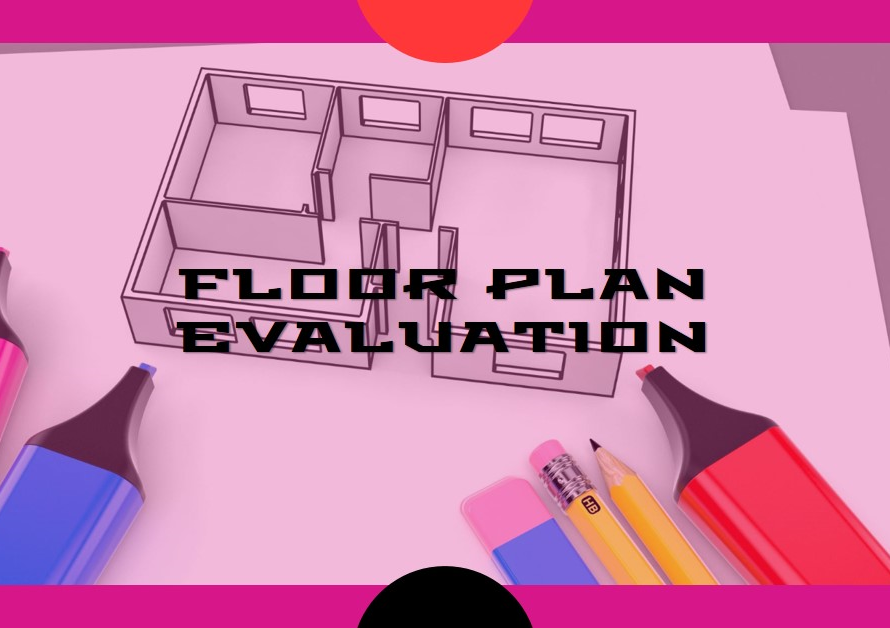
Table of Contents
- Introduction: The Art of Exterior Design
- Understanding the Context: Site Analysis
- Embracing Sustainability: Eco-Friendly Design
- Harmonizing with Nature: Landscape Integration
- Emphasizing Aesthetic Appeal: Color and Texture
- Creating Visual Interest: Architectural Details
- Maximizing Functionality: Practical Design Elements
- Blending Tradition with Modernity: Transitional Design
- Personalizing Your Space: Custom Features
- Conclusion: Bringing Your Vision to Life
Introduction: The Art of Exterior Design
Exterior Design – Designing the exterior of a building is more than just a practical necessity; it is an art form that reflects the personality, style, and vision of its creator. The exterior of a structure is the first impression it makes, setting the tone for what lies within. This blog will delve into the essential tips and principles for crafting architectural inspirations in exterior design.
Understanding the Context: Site Analysis
Before diving into design specifics, it is crucial to understand the context in which a building exists. Site analysis involves evaluating the physical and environmental characteristics of the location. Factors such as topography, climate, and surrounding structures play a significant role in shaping the design.
Assessing the site’s natural elements can inspire sustainable and harmonious design choices. For example, utilizing the natural slope of a terrain can enhance drainage and reduce the need for extensive excavation. Additionally, understanding the local climate can inform decisions on materials and construction techniques that improve energy efficiency and comfort.
Embracing Sustainability: Eco-Friendly Design
Incorporating sustainable practices in exterior design is no longer optional but a necessity. Green building strategies not only reduce the environmental impact but also improve the building’s performance and occupant well-being. Start by choosing eco-friendly materials such as reclaimed wood, recycled metal, and low-VOC paints.
Design elements like green roofs, rainwater harvesting systems, and solar panels can significantly reduce a building’s carbon footprint. Moreover, integrating natural ventilation and lighting reduces energy consumption, promoting a healthier living environment. Sustainability should be a guiding principle, influencing every aspect of the design process.
Harmonizing with Nature: Landscape Integration
A well-designed landscape enhances the visual appeal of a building and provides functional benefits. Integrating the building with its surrounding landscape creates a seamless transition between the built environment and nature. Use native plants and trees to create a cohesive look that requires less maintenance and supports local biodiversity.
Consider features such as water elements, garden paths, and outdoor seating areas to enrich the landscape. These elements not only beautify the space but also encourage outdoor activities and relaxation. Properly planned landscaping can also offer privacy, reduce noise pollution, and improve air quality.
Emphasizing Aesthetic Appeal: Color and Texture
Color and texture are powerful tools in exterior design, capable of transforming the look and feel of a building. The choice of color should reflect the building’s purpose and the owner’s personality while complementing the surrounding environment. Neutral tones often provide a timeless look, while bold colors can make a statement and add vibrancy.
Textures add depth and interest to a building’s facade. Combining materials like stone, brick, wood, and metal can create a dynamic and visually appealing exterior. The key is to balance these elements to avoid an overwhelming or chaotic appearance.
Creating Visual Interest: Architectural Details
Architectural details are the finishing touches that bring a design to life. Elements such as window trims, cornices, and columns can add character and sophistication to a building. These details should be chosen to enhance the overall design theme and style.
Incorporating unique features like decorative moldings, custom doorways, and intricate railings can elevate the aesthetic quality of the exterior. These details not only enhance visual interest but also reflect craftsmanship and attention to detail.


Maximizing Functionality: Practical Design Elements
Functionality is as important as aesthetics in exterior design. The layout should facilitate easy access, circulation, and usability. Consider elements like driveways, walkways, and entry points to ensure they are convenient and accessible.
Outdoor lighting is another crucial aspect, providing safety and ambiance. Strategically placed lights can highlight architectural features, illuminate pathways, and create a welcoming atmosphere. Additionally, incorporating storage solutions like outdoor sheds or built-in cabinets can help maintain a tidy and organized exterior space.
Blending Tradition with Modernity: Transitional Design
Transitional design bridges the gap between traditional and contemporary styles, offering a balanced and timeless appeal. This approach combines classic architectural elements with modern materials and technologies, creating a cohesive and versatile design.
For example, a traditional brick facade can be paired with sleek, modern windows and doors. This fusion of old and new creates a unique aesthetic that respects the past while embracing the future. Transitional design is ideal for homeowners who appreciate the charm of classic architecture but desire the conveniences of modern living.
Personalizing Your Space: Custom Features
Personalization is the key to making a building feel like home. Custom features allow homeowners to infuse their personality and preferences into the design. Elements such as bespoke entry doors, personalized house numbers, and unique lighting fixtures can make a significant impact.
Consider incorporating custom artwork, murals, or sculptures into the exterior design. These features not only add a personal touch but also make the building stand out. Customization should reflect the homeowner’s tastes while maintaining coherence with the overall design theme.
Conclusion: Bringing Your Vision to Life
Exterior design is a multifaceted discipline that requires a blend of creativity, technical knowledge, and practical considerations. By understanding the context, embracing sustainability, and paying attention to details, you can create a stunning and functional exterior that reflects your vision.
Each design choice, from the materials to the color palette, contributes to the building’s character and appeal. By following these tips, you can craft an architectural masterpiece that not only stands out but also harmonizes with its surroundings and serves its occupants well. Let your creativity flow and transform your exterior design into a true inspiration.



